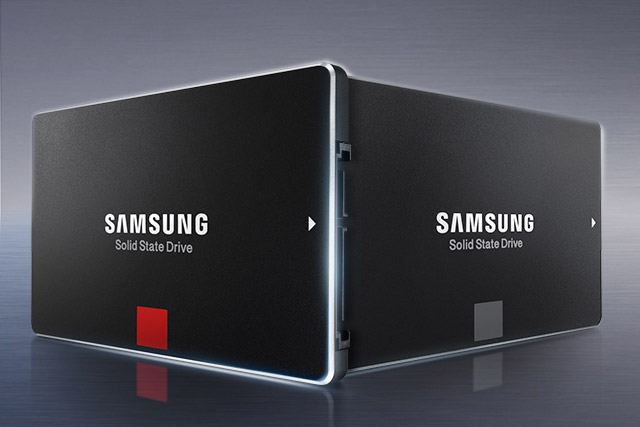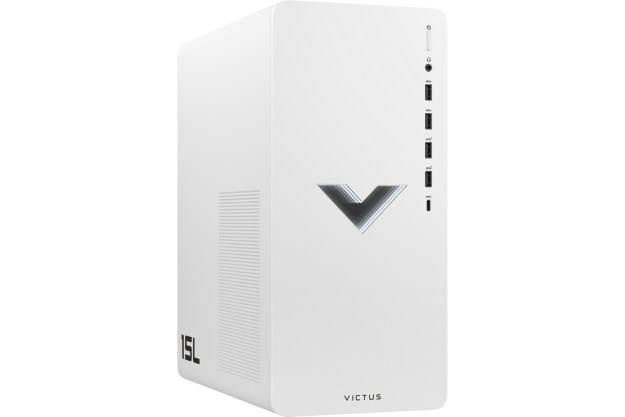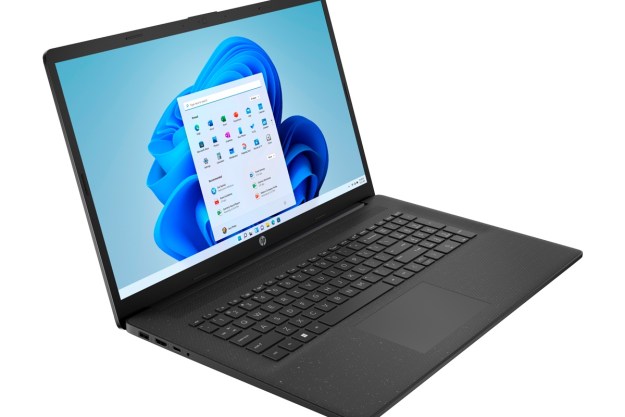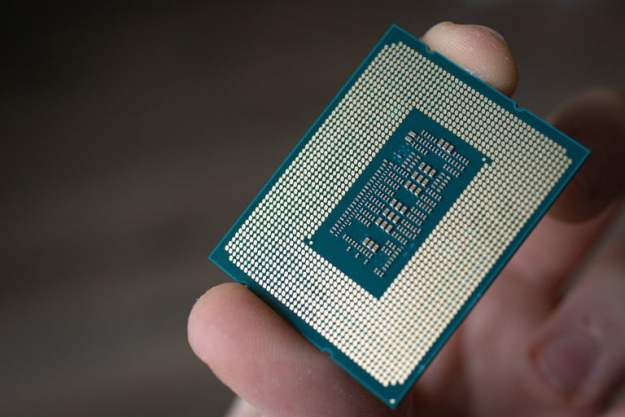
Although unlikely to beat out its flagship drives in a speed contest any time soon, the 750 EVO drives are said to operate at up to 540 megabytes per second for sequential read speed, and as much as 520MBps for sequential writes. The latter is possible because of Samsung’s TurboWrite technology, which is able to simulate higher-speed memory on certain portions of the drive.
It is necessary, as the TLC planar flash memory being used within the 750 EVOs is not up to the same standards as the 3D NAND being used in more performance-focused drives. But for budget buyers, this drive could be an attractive point of entry.
That’s because despite these decent performance numbers, Samsung is shifting the 120GB verison of the 750 EVO for just $55, and the larger 250GB model for $75. While these prices are not the lowest we’ve seen from any company so far, they are certainly near the bottom of the current market. And if they follow the trend of previous Samsung drives, actual retail prices will be a bit lower once the units are on the market for a few months.
There’s not much disparity between these drives and other Samsung products, either, at least not according to the specification sheets. Random read/write speeds are almost identical to that of the 850 EVO series. The 750 even consumes less power when active, which could make it more attractive for low-power, entry level notebooks.
Samsung is trying to offer strong performance at a very affordable price, which could give some of its competitors the willies.



